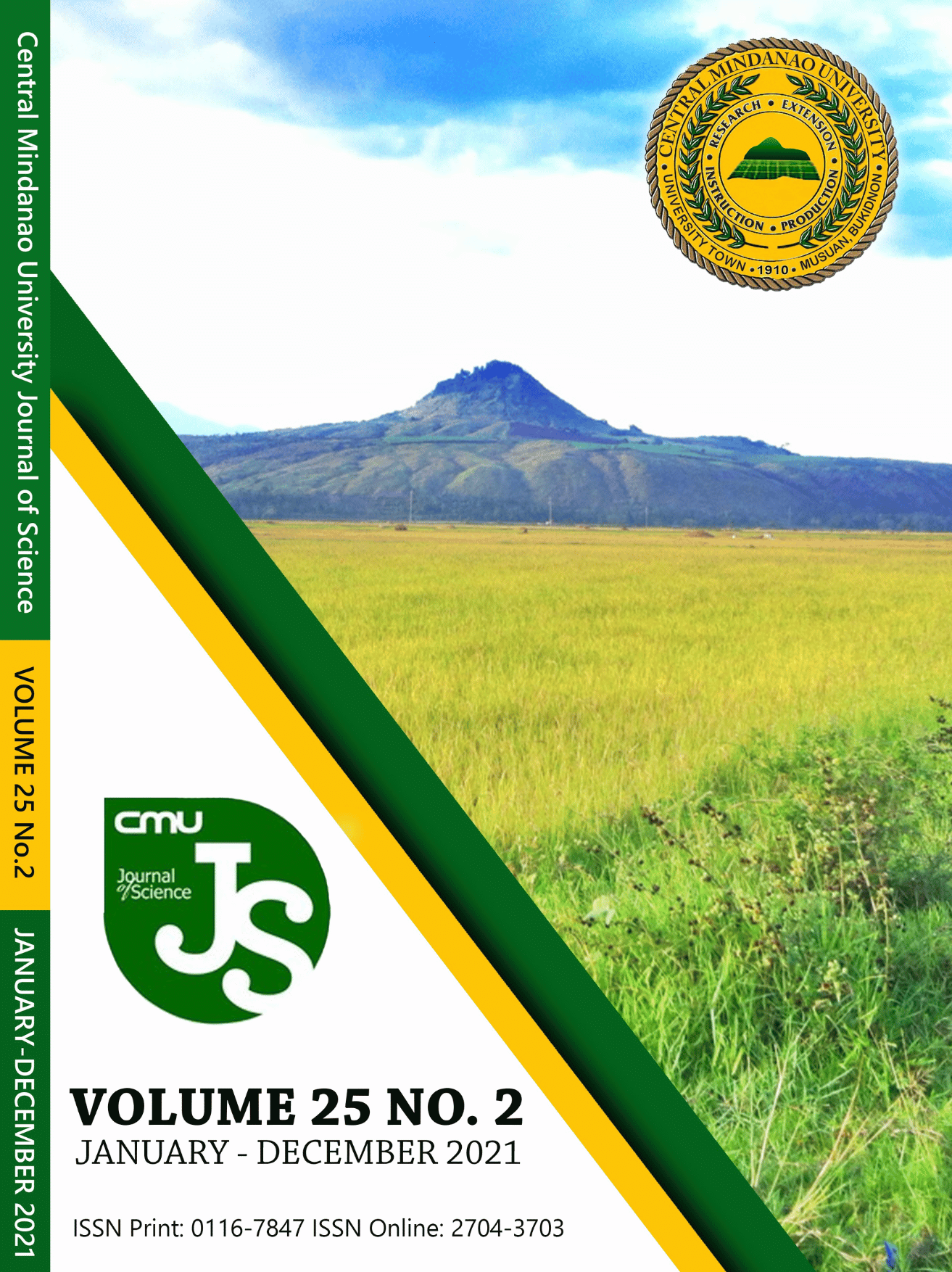Phytochemical and Oral Toxicity Studies of Chromolaena odorata L.(King and Robinson) Leaf Extract
DOI:
https://doi.org/10.52751/deju9088Keywords:
Chromolaena odorata, ethanolic, phytochemicals, oral toxicityAbstract
In this study, the ethanolic leaf extract of Chromolaena odorata was analyzed for qualitative and quantitative composition and evaluated for oral toxicity in Swiss Webster albino mice. The mice were grouped into two and tested for acute (fixed single dose of 2000 and 5000 mg/kg) and sub-acute (daily dose of 250 and 500mg/kg extract for 28 days) toxicity. Animal behavior, body weight, morbidity, and mortality were monitored for 14 days (acute) and 28 days (sub-acute), respectively. Hematologic and blood chemistry parameters (alanine transaminase (ALT), blood urea nitrogen (BUN), creatinine) were measured and analyzed. The mice were sacrificed and necropsied at the end of the study, and organ weights were analyzed. Based on the phytochemical analysis, C. odorata contained phenols, flavonoids, tannins, saponins, and anthraquinones. Total phenolic and flavonoids were 146.69±10.25 mg gallic acid equivalent (GAE/L) and 25.75±2.64 mg quercetin equivalent (QE/g). A single dose of the extract (2000-5000mg/kg) is non-lethal but causes temporary toxicity signs. Repeated doses (250-500 mg/kg) caused low ALT, mortality (500 mg/kg), tachypnea, dry hair coat, and alopecia. Both acute and sub-acute toxicity of the leaf extract hampers growth.
Downloads













 LinkedIn
LinkedIn